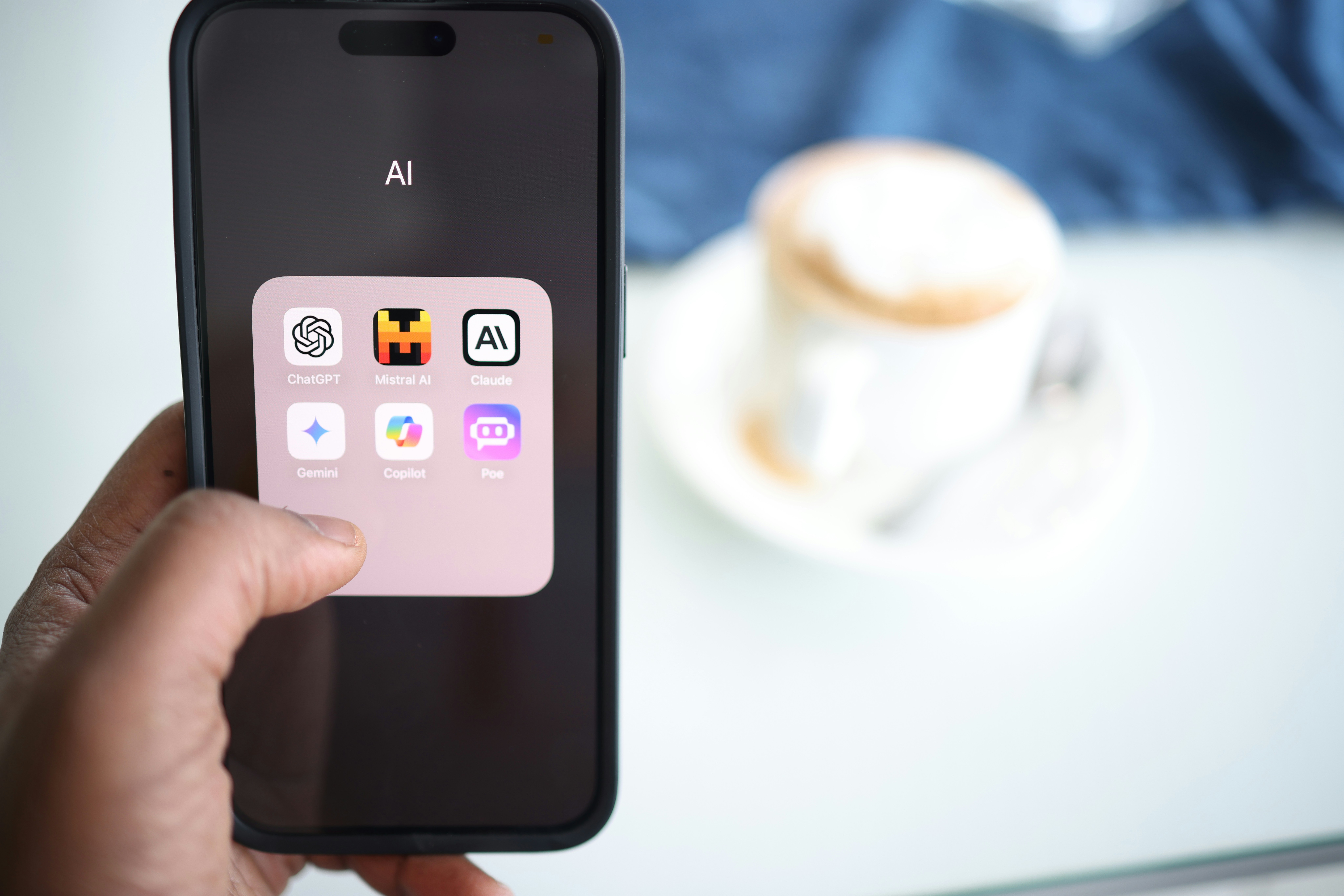Employer Branding 2.0: How AI is Powering the Next Generation of Recruitment

In today’s hyper-competitive recruitment landscape, companies are leveraging Artificial Intelligence (AI) to differentiate themselves and attract top talent. As AI becomes deeply embedded in the recruitment process, it’s fundamentally transforming how organizations engage potential candidates and build authentic employer brands.
The New Era: AI’s Expanding Role in Recruitment
AI is no longer a futuristic novelty—it’s a core component of modern recruitment strategies. From automating repetitive tasks to delivering personalized candidate experiences, AI tools are making recruitment processes:
- Faster: Streamlining sourcing, screening, and interview scheduling.
- Smarter: Surfacing actionable data insights for targeted marketing.
- More Engaging: Personalizing company messaging and candidate journeys.
By analyzing massive datasets, AI empowers organizations to refine employer value propositions and connect more meaningfully with their audience. AI recruitment tools streamline and enhance hiring by leveraging advanced algorithms.
Recruitment Marketing Gets Personal—and Data-Driven
AI-enhanced recruitment marketing means your brand can:
- Automate tasks like resume screening and initial interviews, reducing time-to-hire.
- Ensure consistent brand messaging across all candidate touchpoints.
- Promote diversity by minimizing human bias and focusing on qualifications.
- Launch data-driven talent campaigns tailored to specific talent segments.
AI solutions offer scalable options for businesses of all sizes—ensuring robust employer branding whether you’re a scaling SaaS startup or an established enterprise.
Personalized Job Postings: Matching Skills and Aspirations
AI algorithms analyze candidate data to match people with roles that best fit their unique skills and experience. This results in:
- Dynamic, personalized job recommendations.
- Higher candidate engagement, as applicants feel “seen.”
- Enhanced employer reputation as an innovator focused on individual career journeys.
Unlocking Stronger EVPs with AI Insights
By sifting through vast pools of feedback and interaction data, AI can suggest EVP themes that resonate with current and prospective talent. This means:
- Your EVP becomes truly data-driven and relevant.
- HR teams focus on experience design and human-centric branding, not just research.
AI-Driven Candidate Engagement and Authentic Storytelling
AI chatbots and automation tools power real-time communication, prompt query resolution, and tailored content delivery. Yet, authenticity remains key:
- AI handles the operational heavy lifting, freeing teams to focus on creativity and storytelling.
- The most memorable employer brands blend AI efficiency with genuine, human-crafted narratives.
- Transparency about AI’s involvement builds candidate trust and maintains a strong employer reputation. As we look towards 2025, the integration of Artificial Intelligence into employer branding is taking on an increasingly pivotal role.
Automating Recruitment: Efficiency Without Sacrificing Humanity
AI streamlines the entire hiring journey by automating:
- Resume screening and interview scheduling.
- Content creation for careers pages, social media, and email campaigns.
- Feedback collection and sentiment analysis.
This lets recruitment teams dedicate more energy to strategy, consultative conversations, and authentic engagement.
Bias Mitigation and Ethical Considerations
AI is a powerful ally for reducing hiring biases by focusing on skill-based Harvard Business Reviews shows this in their latest research that AI tools enable recruiters to screen candidates based solely on skills and qualifications, promoting workplace diversity. Ssme of the key takeways were:
- Implements ethical, transparent assessments.
- Ensures fairer, more inclusive candidate selection.
- Builds trust by clearly communicating how AI is used in your process.
Stay vigilant: Regularly audit AI outputs and keep candidate data handling policies front-and-center to safeguard your employer brand.
The Human Touch: Striking the Ideal Balance
While AI delivers game-changing efficiency and precision, candidates expect a personal, empathetic experience. Combining AI-driven insights with human interaction is essential:
- Use AI for personalization and administrative support.
- Keep in-person interviews, storytelling, and feedback human-driven where possible.
The best employer brands in 2025 use AI to amplify—not replace—the voices and values of their teams.
Future Trends: AI and Employer Branding Beyond 2025
- McKinsey reports that AI-powered recruitment tools are dominating areas like candidate search (48%), assessment (44%), content creation (34%), and personalization (21%). AI is proving instrumental in measuring recruitment success and employee retention, offering valuable insights through metrics.
- Employers will increasingly use AI to optimize retention and engagement—extending well beyond the recruiting stage.
- The most successful companies will focus on AI-augmented, data-driven branding strategies with ethical frameworks and human oversight.
AI is redefining what it means to build and promote an employer brand. Companies that combine AI’s efficiency and data-driven insights with authentic, human storytelling will set a new standard for employer branding in the digital age.
See your company through a candidate's eyes— the results might surprise you.



